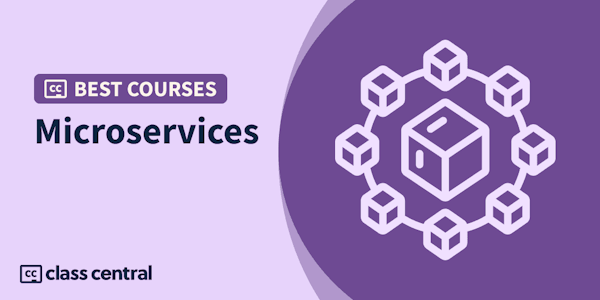Class Central Tips
Showcase your DevOps and Software Engineering skills with this hands-on Capstone project! In this course you will apply the skills and techniques you have learned as part of the previous courses in the Professional Certificate. During the project you will develop, test, deploy, monitor, and enhance a secure microservices-based application on Cloud, over the course of several sprints.
You’ll develop an Agile plan by developing user stories and a Kanban board using ZenHub and GitHub. This plan will be implemented to create a RESTful microservice-based Flask application. You will employ Test Driven Development (TDD) to create and execute tests for the app.
You will complete many other tasks like adding functionality using Continuous Integration, ensuring the app is secure, and deploy the app on Cloud using Kubernetes. You will also build an automated CI/CD pipeline.
This course is the final course in the IBM DevOps Engineering Professional Certificates. It is recommended that you complete all the previous courses in this Professional Certificate before starting this course.




